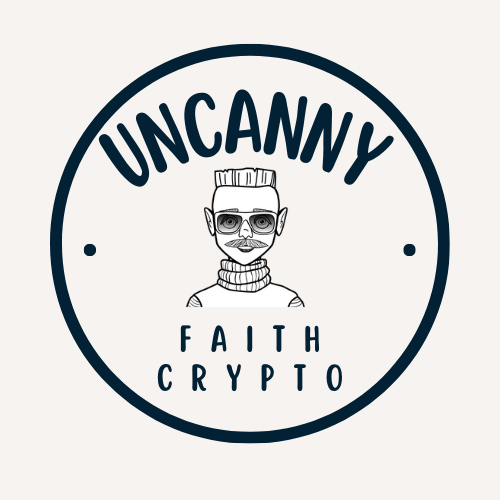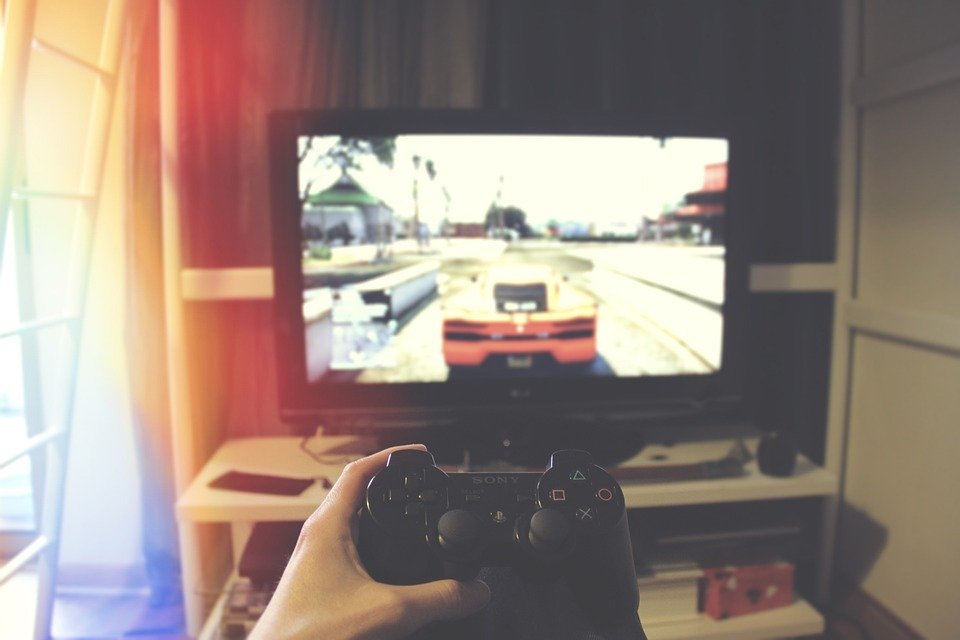In recent years, blockchain gaming has emerged as one of the most exciting developments in both the gaming and cryptocurrency industries. As we fast-forward to 2025, this fusion of gaming and blockchain technology is no longer just experimental—it’s a thriving ecosystem that’s reshaping the way we think about ownership, gameplay, and even the concept of what a game can be.
Gone are the days when a game’s assets were locked within the confines of a single game publisher’s servers. Blockchain gaming is paving the way for decentralised ownership, monetisation, and player empowerment like never before. But what trends are defining this exciting sector? Let’s dive into the key trends shaping blockchain gaming in 2025 and explore what the future holds for crypto-powered games.
What Is Blockchain Gaming?
Before we dive into the trends, let’s quickly recap: What is blockchain gaming?
Blockchain gaming leverages blockchain technology to create decentralised and transparent gaming ecosystems. It introduces exciting new concepts such as non-fungible tokens (NFTs), play-to-earn (P2E) mechanics, and decentralised autonomous organisations (DAOs). In essence, blockchain gaming gives players true ownership of in-game assets, like characters, weapons, or skins, by tokenising them on the blockchain.
This means that when you own a sword or a rare skin in a blockchain-powered game, you really own it. You can trade it, sell it, or even use it in another game, thanks to its interoperability. Compare this to traditional gaming, where your hard-earned skins or weapons have no value outside the game, and the appeal of blockchain games becomes crystal clear.
Now, let’s explore what’s on the horizon for blockchain gaming in 2025.
1. Rise of Play-And-Earn Models
The early days of blockchain gaming were dominated by play-to-earn (P2E) games, where players could earn real cryptocurrency by participating in the game. Think titles like Axie Infinity. While this model gained traction, it had its limitations—primarily an overemphasis on earning over actual gameplay, which resulted in some experiences feeling more like work than play.
In 2025, a more evolved model has emerged: play-and-earn.
This model prioritises engaging gameplay first, with earning mechanisms woven in as a bonus rather than the core focus. The idea is simple: great games should stand on the merits of fun and immersive gameplay. The added incentive of earning crypto or NFTs through your gaming efforts is just icing on top. As more developers focus on high-quality, AAA-level blockchain games, the play-and-earn model is becoming the gold standard.
Example: We’re already seeing early glimpses of this evolution in games like Illuvium, which features stunning graphics and deep gameplay mechanics while incorporating play-and-earn elements. By 2025, expect a lot more games to follow suit.
2. Interoperability: A Game-Changer for Gamers
Imagine this: You’ve spent years upgrading your character in one MMO (Massively Multiplayer Online) game, only for that game to shut down, and all your progress and assets disappear. Traditional gaming suffers from this “walled garden” problem, where assets are confined to a single ecosystem.
In 2025, blockchain gaming is solving this issue through interoperability. Thanks to blockchain’s decentralised nature, in-game assets tokenised as NFTs can exist outside the confines of any single game.
For example:
- A sword you acquire in one RPG could theoretically be used in another RPG from a completely different developer.
- Your avatar’s skin in one game could appear as your profile in a metaverse social platform.
This trend is gaining traction as more blockchain games adopt standards like ERC-721 and ERC-1155 for NFTs, enabling seamless sharing and portability of assets. Entire metaverse ecosystems are emerging, where players can carry their digital identities, assets, and histories across different virtual worlds.
3. Enhanced Graphics and Gameplay
In its early years, blockchain gaming struggled to compete visually and mechanically with traditional AAA games. Limited budgets and a focus on blockchain technology over gameplay resulted in lacklustre offerings.
However, by 2025, this paradigm has shifted. Blockchain-powered games are on par with, if not surpassing, traditional high-budget games in terms of graphics and gameplay. Thanks to technological advancements and an influx of mainstream developers entering the space, blockchain games are delivering rich, immersive experiences that rival the likes of PlayStation and Xbox exclusives.
Stat to Watch: A report from Newzoo predicts that by 2025, blockchain gaming could represent over 20% of the global gaming market, driven largely by higher-quality games.
4. Mainstream Adoption Through Accessibility
One of the biggest barriers to blockchain gaming in its early years was accessibility. Players needed to have some level of crypto knowledge—like managing wallets, dealing with high gas fees, and understanding blockchain jargon—just to get started.
By 2025, these barriers are largely a thing of the past. User-friendly platforms have emerged that abstract away the complexity of blockchain. Players can sign up and play blockchain games with just a few clicks, often without even realising they’re interacting with blockchain technology.
Moreover, layer-2 scaling solutions and faster blockchains like Solana, Polygon, and Immutable X have drastically reduced gas fees and transaction times, making blockchain gaming more accessible than ever.
5. DAO-Driven Game Development
Decentralised Autonomous Organisations (DAOs) are playing a pivotal role in shaping the future of blockchain gaming. In 2025, many blockchain games are no longer controlled solely by the developers—they’re co-developed and governed by the gaming community itself.
Players who hold governance tokens can vote on key decisions, such as adding new features, changing gameplay mechanics, or even allocating treasury funds for marketing efforts. This level of participation creates a deeper bond between games and their communities, fostering loyalty and long-term engagement.
Example: Projects like Star Atlas are already operating under such models, giving players a stake in the game’s future direction.
6. Integration of AI and Blockchain
Artificial Intelligence (AI) is becoming increasingly intertwined with blockchain gaming. By 2025, AI not only enhances gameplay experiences with smarter NPCs and dynamic worlds but also helps manage blockchain operations, such as verifying smart contracts and ensuring fair play.
Additionally, AI-driven analytics can personalise games for players, offering tailored challenges, rewards, and storylines. Combined with blockchain’s transparency and player ownership, this creates highly engaging, player-centric gaming ecosystems.
7. Sustainability Takes Centre Stage
The environmental impact of blockchain technology has been a hot topic in the past. High-energy proof-of-work (PoW) models were criticised for their carbon footprints, which turned off eco-conscious gamers.
Fortunately, 2025 is a different story. With the mass adoption of energy-efficient blockchains using proof-of-stake (PoS) systems and advancements in green blockchain technology, sustainability is no longer a concern. Many blockchain gaming platforms actively promote eco-friendly practices, aligning with the values of the gaming community.
8. Bridging the Gap Between Virtual and Real Economies
One of the unique aspects of blockchain gaming is its ability to blur the lines between virtual and real economies. By 2025, it’s not uncommon for players to earn substantial incomes through in-game activities, turning what was once a hobby into a viable profession.
The rise of in-game marketplaces, decentralised trading platforms, and partnerships with traditional brands ensures that virtual economies continue to thrive. For example:
- A player could design a unique NFT skin, sell it on a marketplace, and earn real-world income.
- Real brands may partner with blockchain games to create limited-edition NFTs, further enhancing real-world value.
FAQs: Frequently Asked Questions
1. Are blockchain games safe to play in 2025?
Absolutely. With advancements in security and regulation, most blockchain games in 2025 implement rigorous safety measures, such as audited smart contracts and secure wallet integrations.
2. Will blockchain gaming replace traditional gaming?
While blockchain gaming is growing rapidly, it’s more likely to coexist with traditional gaming, offering unique experiences rather than outright replacing them.
3. Can I start playing blockchain games without knowing cryptocurrency?
Yes! By 2025, onboarding into blockchain games is as simple as downloading an app, thanks to user-friendly platforms.
As we look to 2025, blockchain gaming is no longer just a buzzword; it’s a revolution. From redefining ownership and earning models to elevating gameplay and bridging virtual economies with real-world value, the future is bright for crypto-powered games. So buckle up—whether you’re a gamer, developer, or investor, this is a space to watch closely.
What are you most excited about in the blockchain gaming space? Let us know in the comments below!

